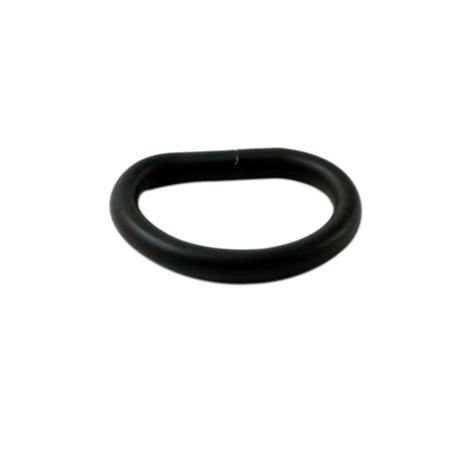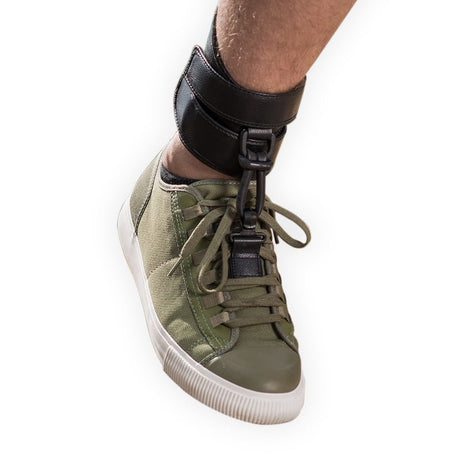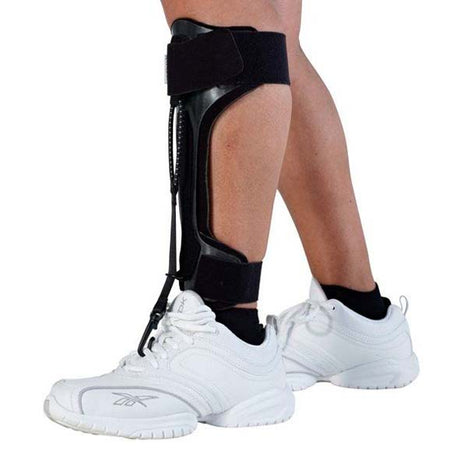## What is Foot Drop?
Foot drop occurs when the *nervus peroneus* nerve, which lifts the front of your foot, becomes weakened. This isn't a disease in itself, but rather a result of paralysis or weakness in the front part of the foot, causing it to hang downward. As a result, you often have to lift your knee higher than usual with each step.
Foot drop can seriously limit your mobility and be a real nuisance—but fortunately, there are clever solutions like foot drop braces designed to ease the condition. These braces support your foot, making walking much easier and helping you avoid tripping or straining your legs and feet.
Because foot drop can have many different causes, it's important to choose the right aid for your particular needs. At SeniorShop, you'll find a wide selection of foot drop braces and bands—all designed to help you walk more easily. No matter which model you choose, you can count on top-quality products at fair prices, just like everything else in our range.
Foot drop may be caused by a variety of conditions, such as:
- Muscle or nerve injuries
- Diseases affecting the nervous system
- Diabetes
- Cerebral palsy
- Multiple sclerosis
- Osteoarthritis in the back or herniated discs
## Foot Drop Braces: Optimal Support for Everyday Life
For those who love staying active, foot drop can be especially frustrating. The good news is that many people experience a real improvement in their quality of life with a foot drop brace, as it helps restore independence and confidence when moving around.
Our foot drop braces are simple orthoses that gently lift the foot, making your gait smoother and safer. They're prefabricated for convenience, but you can easily adjust them to suit your comfort with simple Velcro straps.
People with foot drop are at a greater risk of falls because their foot tends to drop downward. A foot drop brace helps by lifting the foot, making up for the muscle weakness and reducing the risk of stumbling.
How foot drop is treated depends on the underlying cause. Braces and other support devices are a key part of managing the symptoms, especially for long-term or chronic cases, as they help minimize discomfort and restore movement.
Many people also benefit greatly from strengthening exercises and physical therapy, while in some cases, surgery may be considered—depending on what’s causing your symptoms.
## How to Choose the Right Foot Drop Brace
A foot drop brace is useful both as part of rehabilitation and as a supportive aid in daily life. With the right brace, getting around—even over doorsteps and small obstacles—becomes much easier and safer.
You’ll find options designed to be worn in shoes or directly on bare feet or over socks. Be sure to consider which model fits best into your routine before making a choice.
- **Foot Drop Brace for Shoes:** These braces feature either an insert placed at the top of your shoe, connected to a strap attaching to the brace, or options like the popular Dictus band, which uses a hook or elastic band secured at your shoelaces.
- **Foot Drop Brace Without Shoes (for indoor use):** For bare feet or when wearing only socks, you can add a footpiece to most braces and bands. This wraps around your foot, and you simply attach the strap, elastic band, or hook to the footpiece itself.
Footpieces are sold individually for each model, and you can also purchase extra inserts or hooks for your foot drop brace if needed.
 Get help here
Get help here













